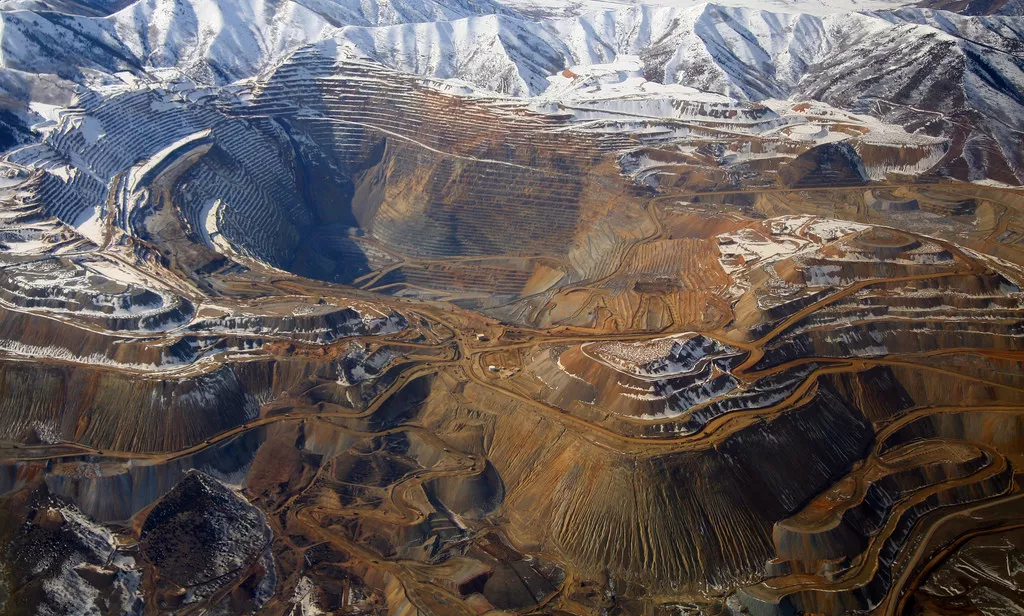Part 1 of the Critical Minerals series

This file is licensed under the Creative Commons Attribution 2.0 Generic license.
The purpose of this series is to dig into a few of the minerals labeled critical and explore their properties, uses, and the dangers they present, and to present some alternatives which mining and energy industries don’t tell us about.
One such critical mineral is copper: a key component of transmission lines which are planned to send electricity from new generation sources (e.g. solar or wind farms) to sites of power use. As an example, a new 180-mile high-voltage transmission line in Minnesota is expected to come on line around 2030.
That line will use a lot of copper. The situation is the same worldwide; commodities analysts expect global copper demand to grow 20% by 2035.
Copper mining companies are eager to take advantage of this boom. New deposits are being prospected on land and undersea. However, the lower quality of this new ore, and greater difficulties of extracting and refining it, lead to greater greenhouse gas use, despoliation of the environment, and hazardous conditions for the people who work in or live near mines and refineries.
If past is prologue, we can expect copper mining companies to demand access with fewer restraints on environmental or labor practices.
Easing the situation somewhat is copper’s high recycling rate. It’s estimated that 80% of all copper ever mined is still in use.
Nevertheless, copper demand will eventually outstrip supply, if we continue on a path of exponential GDP growth. Apart from substituting other (also critical) minerals for copper, other solutions could be:
- Recycling copper at an even higher rate.
- More localized energy production and distribution, rather than wasteful long-distance transmission.
- Reducing demand for electricity through conservation and efficiency.
- Learning to live better with intermittent energy.
The full Critical Minerals series can be found at the links below: